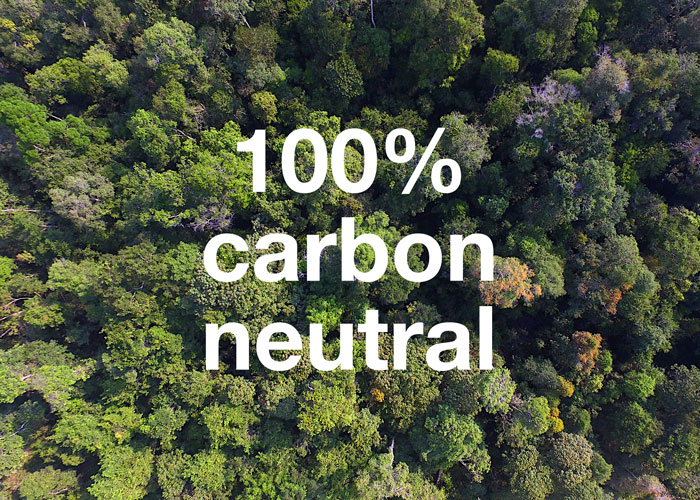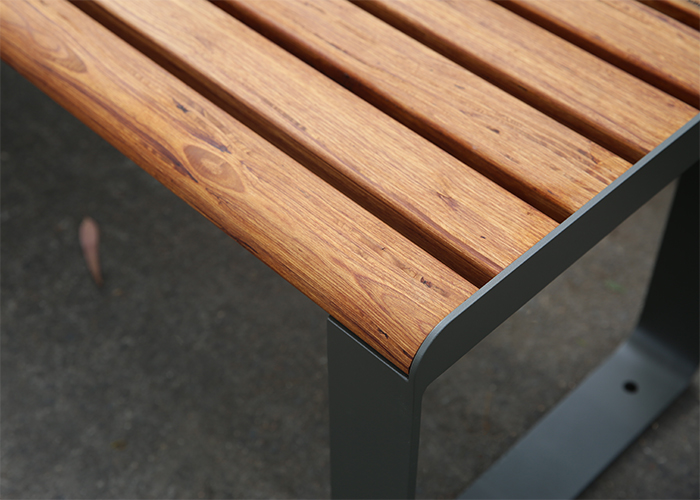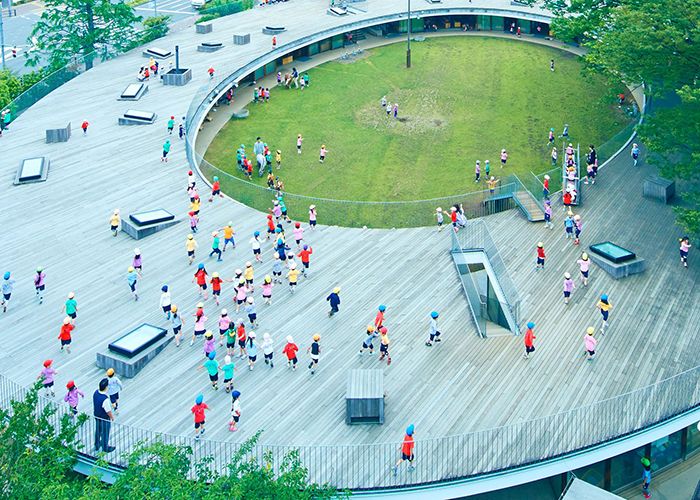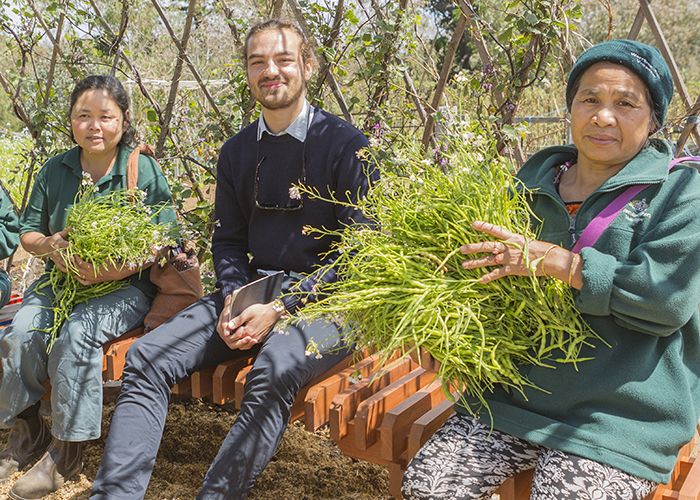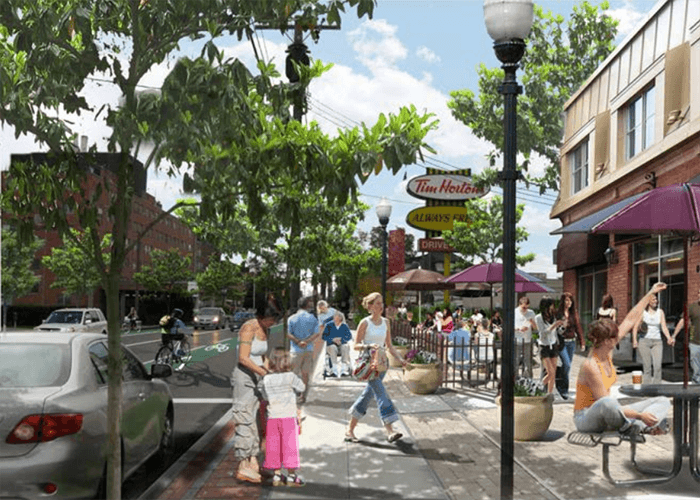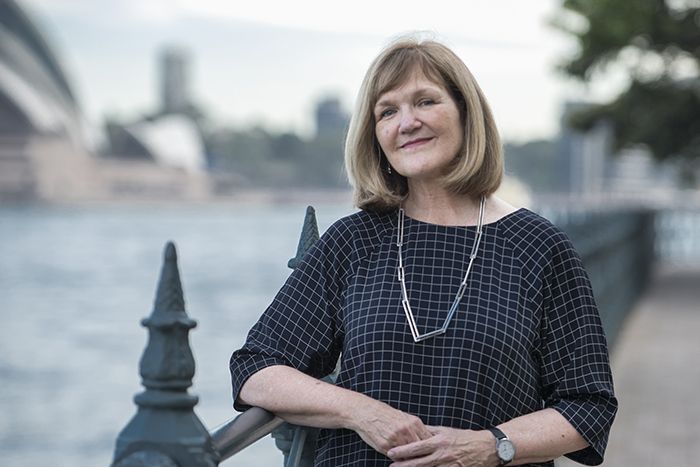
StreetChat interviews new AILA National President Linda Corkery.
Linda is a highly respected landscape architect with a trifecta portfolio of responsibility: AILA National President, Associate Professor at UNSW and Director of Corkery Consulting.
We chat about AILA, the future of cities and how women are faring in her industry.
Can you tell us about your journey, from the US to Hong Kong, to Australia?
My journey to landscape architecture started at Cornell University in upstate New York. At Cornell, I completed master degrees in urban and regional planning and in landscape architecture.
There were a few international students in the program, including an Australian fellow I got to know quite well, Noel Corkery. I finished my studies and headed to Chicago, working first in an urban planning consultancy and then in a landscape architectural practice.
Noel, meanwhile, returned to Hong Kong and with several Australian colleagues established the landscape architectural practice, EBC Consultants.
After three years, he surprised me with an invitation and an air ticket to visit Hong Kong, which I was delighted to accept. It was my first trip overseas! And that visit led to an amazing six months of living and working in Hong Kong.
From Hong Kong, Noel and I moved to Sydney, we got married, had two daughters, and this beautiful city has been home ever since.
I’ve worked here in private practice with EBC, Tract, EDAW Sydney (now part of AECOM) and with Corkery Consulting, of which I’m a director.
In 1999, I was invited to become the Director of UNSW’s Landscape Architecture program. During the past 17 years, I’ve held the Program Director’s position twice, along with several other leadership positions in the Faculty of Built Environment.
I am the fourth woman in AILA’s 50-year history to be National President.
As new National President, where do you see AILA heading?
It is a great privilege to be leading AILA as National President as we head into our next 50 years!
As was mentioned several times during this year’s festival, the profession of landscape architecture is well positioned to address the complex issues and challenges of the 21st century: rapid urbanisation, changing climate, loss of biodiversity, and the urgency to create a more inclusive and equitable society.
As AILA’s National President, I want to be sure landscape architects are well represented and actively involved in the public forums that address these issues.
With my colleagues on the AILA National Board, we’ll be working hard to achieve AILA’s strategic goals, including increasing the Institute’s membership, enhancing the profile of the profession, and supporting our members’ continuing professional development.
The new digital communications platform, Foreground, is extending our reach and increasing public awareness of the high quality and diversity of work undertaken by landscape architects.
I am eager for us to progress the agenda of the Living Cities Alliance, a national initiative established by AILA early in 2016 to promote green infrastructure investment in Australia.
The Alliance has consolidated an impressive group of partners from the public, private and non-profit sectors and from allied professions and trades, all committed to working toward more sustainable, resilient and equitable cities and regions.
Are you the first academic in the role?
I’m not the first academic in the National President’s position. Interestingly, AILA’s first President, Peter Spooner, later became the first Professor of Landscape Architecture at UNSW.
When I arrived in Australia in 1982, Catherin Bull had been elected as the second woman president of the Institute—she later joined academia.
I am the fourth woman in AILA’s 50-year history to be National President, and the first spouse of a former National President to hold the office. Noel was National President from 2001 to 2003.
Being an academic while serving as National President affords me a unique perspective on the future of the profession in Australia.
We’re preparing and, hopefully, inspiring the next generation, and our students really benefit from collaborations with local practitioners.
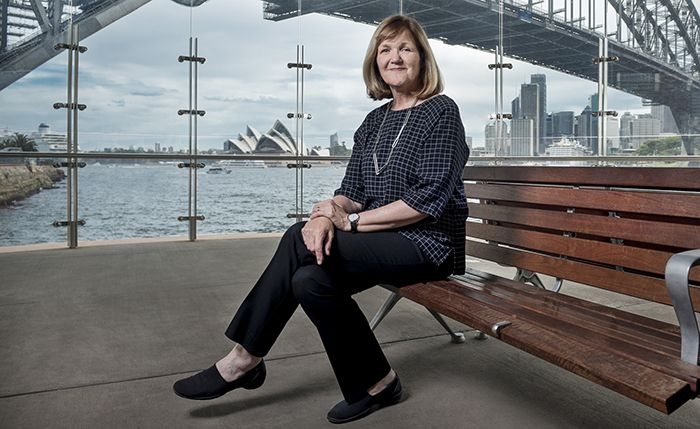
Photo: Artur Ferrao
Your experience of how women are faring in landscape architecture?
It is so inspiring to see the number of women distinguishing themselves as leaders in this profession, in Australia and around the world.
Women are making their mark in the private sector, holding senior positions as principals and directors of large firms or leading their own practices.
They’re in senior positions in state and local government; and are Deans, heads of school and directors of university programs.
Three of the five new AILA National Board members are women and, of course, our current CEO is a woman.
That said, we need to better understand the issues related to gender equality in our profession and reveal the experience of working life for women landscape architects, particularly around issues such as the wage gap, flexible work arrangements, career pathways, workplace culture, and so on.
I believe this also must be a priority issue for AILA over the next couple of years.
We know people benefit from having contact with nature, both physically and mentally.
How do you visualise our cities in ten years’ time?
Our cities need more trees and plantings, integrated into every urban development project, incorporating green infrastructure—along streetscapes, in public spaces, on buildings for example roofs, walls and balconies—and designed to enhance and renew urban ecosystems.
We know people benefit from having contact with nature, both physically and mentally, and we also know that human health is ultimately linked to environmental health. Healthy urban ecosystems, in turn, support and renew the biodiversity of plants and animals. Everything is related!
Australian cities must anticipate the impact of rising temperatures and adapt public spaces and streetscapes, school grounds and neighbourhoods to cope with the extreme heat events that we’re already starting to experience.
With increasing residential densities, a well-designed public realm is absolutely essential, creating streets that are great to walk along and safe to cycle on, and that will encourage people to be more active in their incidental daily activities.
What role does street furniture play in the public realm?
Street furniture has the potential to create inviting and memorable places in the public realm. Its design and arrangement can add to the sociability of urban spaces and the identity of a locale, setting the tone for the character and quality of the public domain.
This was beautifully demonstrated during the AILA Festival with #BackyardExperiment which dramatically transformed Canberra’s Garema Place simply by adding moveable seating, lighting, turf and colourful paving.
We’re now also seeing how “smart” technologies can be integrated into street furniture which will influence how public spaces function, how we interact with the urban environment and, perhaps, with each other.
UNSW Built Environment will convene the 2017 Festival of Landscape Architecture, any hints about what we can look forward to?
Planning for the 2017 International Festival of Landscape Architecture is well underway. The UNSW Creative Directorate is shaping a program that builds on the energy and enthusiasm generated during the 2016 festival in Canberra.
It will all be happening in Sydney, 12-15 October. So, put those dates in the diary!
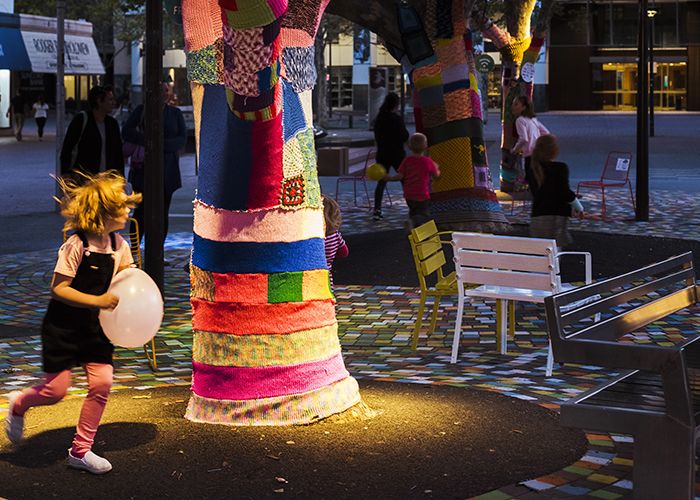
#BackyardExperiment. Photo: Jackie Chan, WE-EF
In Profile is a Q&A series featuring Australian influencers of the public realm.
Interviewees are players in the public sphere with compelling stories, not always landscape architects or affiliated with SFA.
To nominate a subject, please contact the editor via editor@streetfurniture.com



